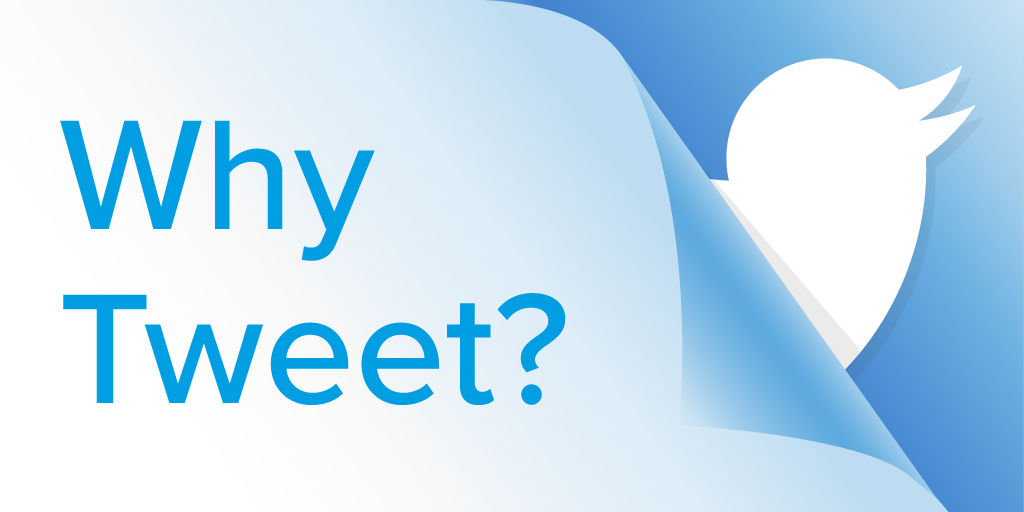Collaborating with other educators is an effective method of professional development. When teachers have time to talk, connect, and collaborate, they can expand their experience and expertise.

In many schools, finding this time can be a huge challenge. Even if teachers can find the time to meet and talk, sometimes the group is not cohesive or collaborative enough to be very productive. And other times, they might not have a person in the school who teaches the same content or grade level. Teachers who want to plan and collaborate may have few, if any, options.
Using Twitter to Connect
So, if collaborating and networking is so good, how can we help to foster it with teachers? There are probably many different answers to this, but one of the best—in my opinion—is to connect on Twitter. There are great educators tweeting, sharing, and connecting via social media all the time, but for my money, Twitter is the best social media tool for helping teachers improve.
Here are some of the impacts that Twitter can have on educators:
- Connection with teachers in the same grade/content area: This is probably the best feedback I have received from classroom teachers, “On Twitter, I am able to connect with others who teach the same grade/content.” There is a Twitter chat and hashtag for any grade level or subject out there. Through this collaboration, teachers can learn very specific strategies and resources for their area of expertise. In this way, there is something to be found for every teacher on Twitter.
- Connection with teachers of the same passions: Classroom teachers may have different passions beyond their grade level or content area. There is bountiful support for teachers motivated to learn more about social-emotional learning, technology integration, or trauma-informed practices.
- Challenging our ideas or beliefs: This point is really why I personally prefer Twitter to other forms of social media. It could just be because of who I follow and how I navigate my Tweetdeck, but I find the discourse to be much more respectful and reasoned than in other places. It is not perfect by any means, but it is better and safer in many respects.
Because of this, I think teachers can be more willing to branch out and look into ideas that may challenge their core beliefs. This isn’t an exercise in persuasion and trying to get others to change their minds as much as it is an intellectual exercise in determining why we believe what we believe. In education, many of our practices are inherited—either from how we were taught or from how we learned when we student taught. Too often, we don’t look closely at these practices and ask why we are doing them. By really delving into ideas that are counter to our own, we can use Twitter as a way to think more deeply about critical topics in education.
- Expanding our thinking: I recently read an article in Educational Leadership® about how teachers use praise to manipulate the behavior of kids. As I read it, I noted many of the (what I would call) tools that I have used with students in the past. This author was against these tools because they are manipulative and disingenuous. After reading it, I see her point and agree with it on many levels. Had I not followed her and saw her tweet, I may have never made this connection. Twitter has helped me to expand my thinking, and I believe it would do the same for most any teacher.
- Connecting with experts in the field: I try to follow some of the “legends” in education who are well researched and respected. Not all of these people have a presence on Twitter, but many do. Following them helps to keep a focus on best practices and latest research from the field.
- Adding a drop of humor: Personally, I keep a very professional Twitter, in that I don’t follow friends and family much—I use it more for educational purposes. However, I do follow a few comedians and late-night talk show hosts. I think it helps to have a little humor on the Twitter feed each day, and some of the things that are shared are great to pass along to other teachers for a smile.
- Classrooms can connect: This one isn’t last because it is least important—probably just the opposite. On Twitter, like other social media, classrooms and students can easily connect with one another. This can be a great tool for classrooms to use to develop collaborative projects. It is also an avenue to connect to famous experts in career fields across the world. Many famous historic sites and national parks have Twitter accounts that can be followed and connected with if a teacher so desires.
There is wealth of knowledge to be found on social media, and in particular on Twitter. I encourage teachers to join in and start learning.
Which educators or educational hashtags do you follow on Twitter? Let us know in the comments below! Follow Boxlight (@boxlightinc) on Twitter to get our latest blogs, industry news, and tech tips.>>



